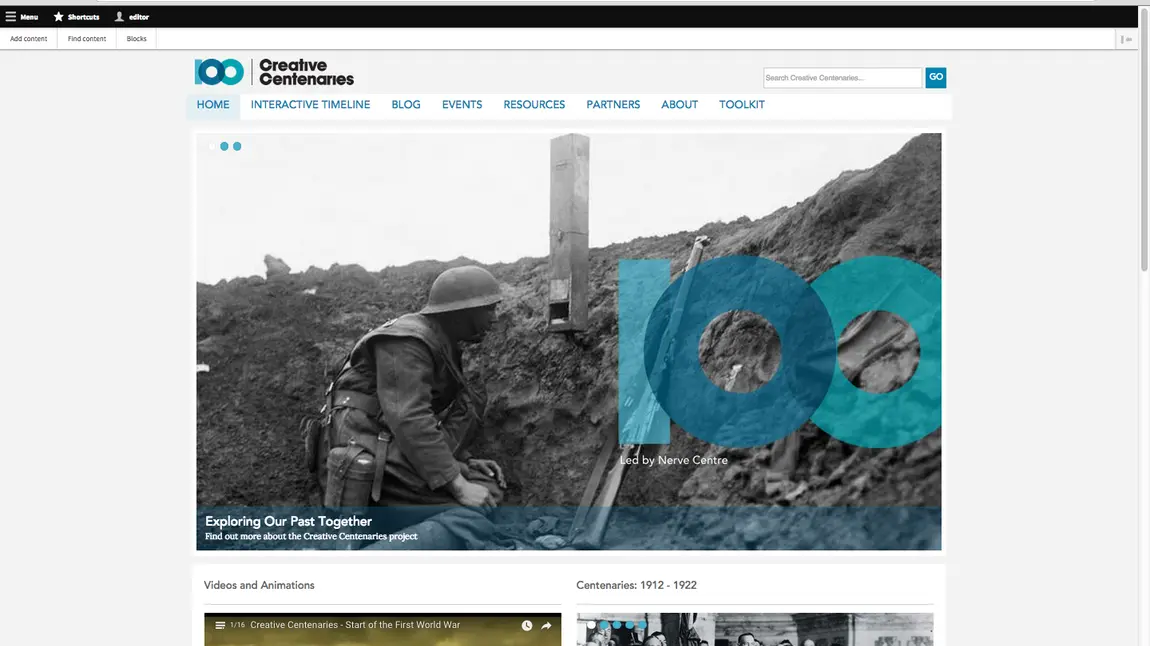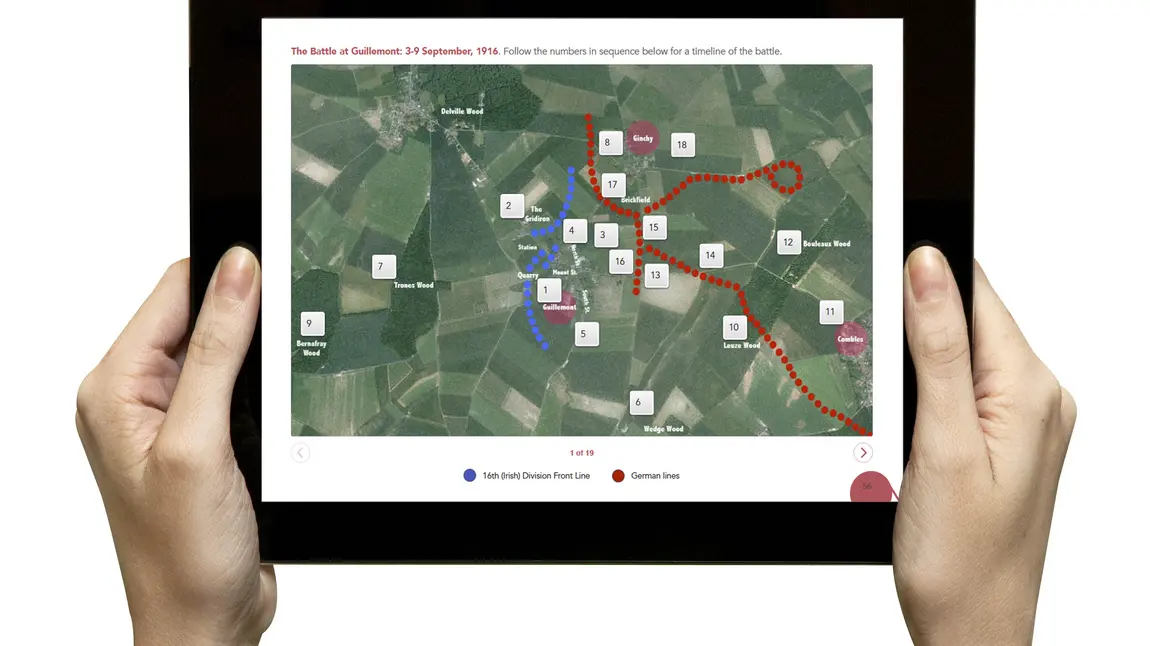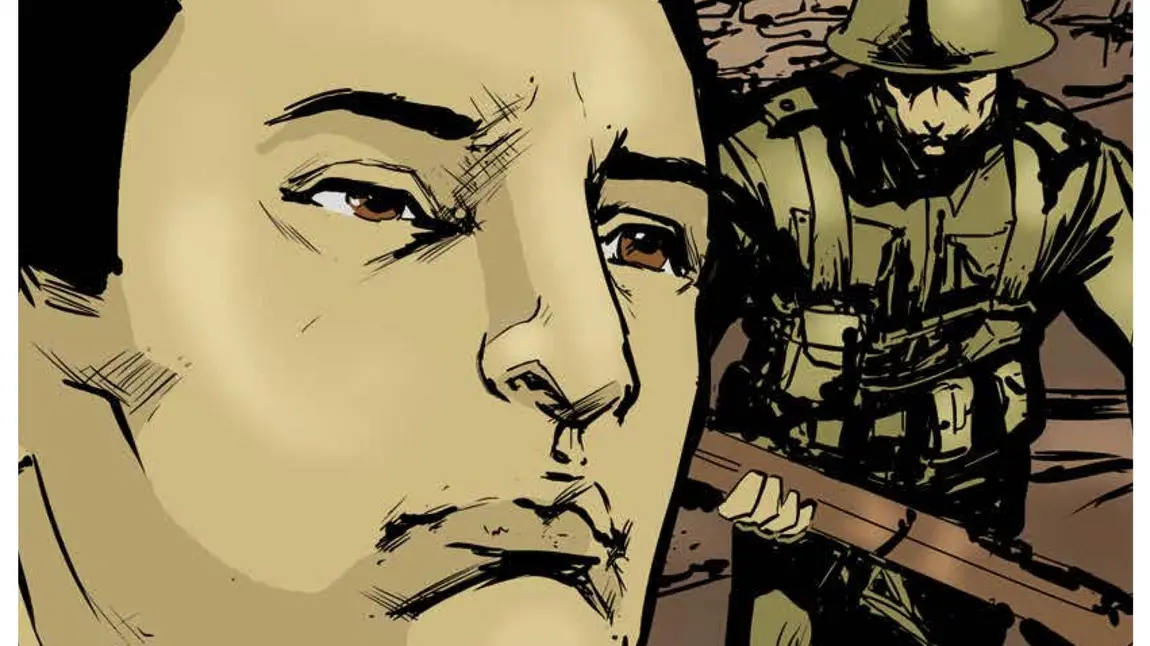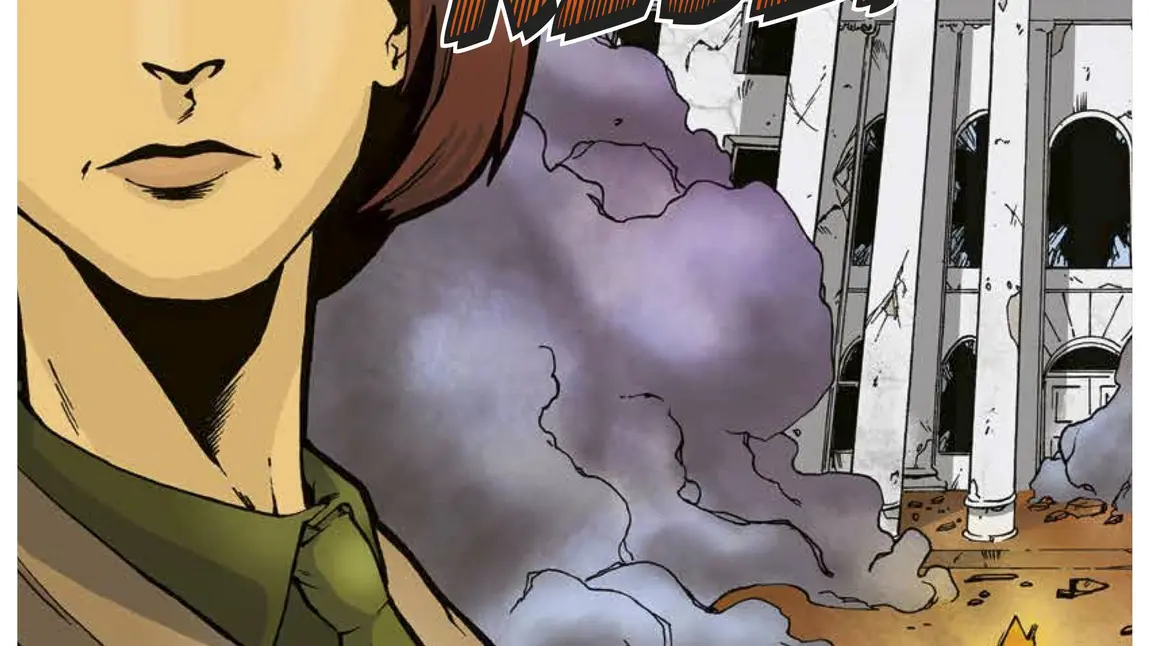Using creative technologies and digital platforms to engage audiences with the past
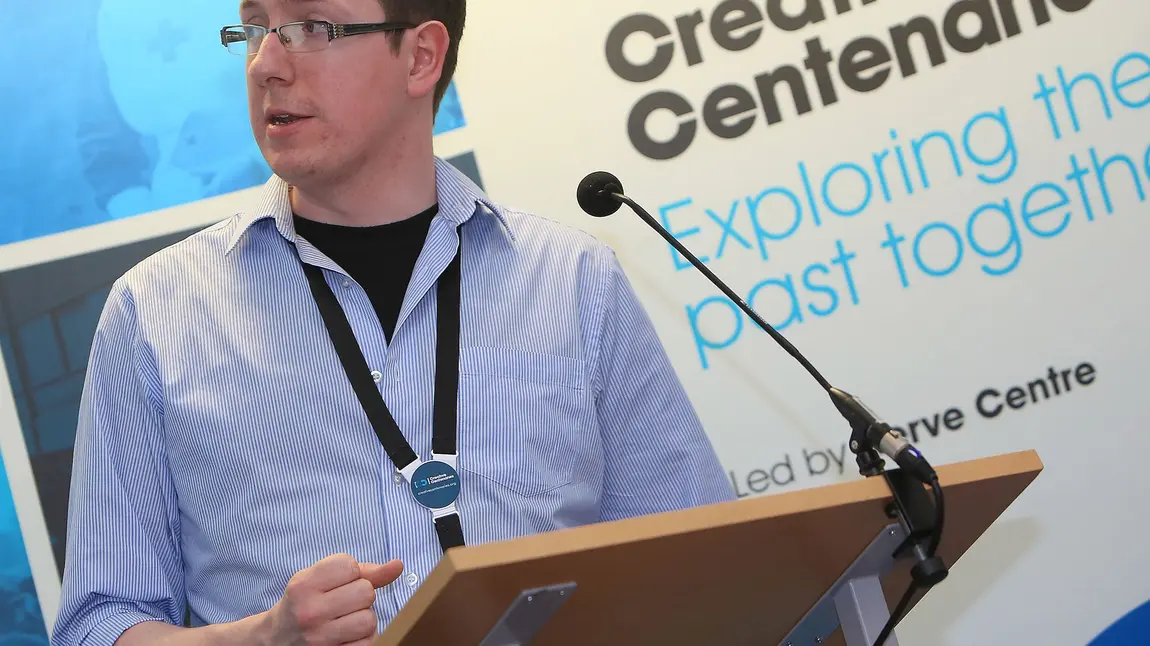
Beginning with the signing of the Ulster Covenant in 1912 and ending with the partition of Ireland in 1921, events during this period refined the history of Ireland and its people forever.
The Creative Centenaries Exhibition, Events and Outreach Programme is a cultural heritage project that will explore the historic events around this Decade of Centenaries to celebrate our shared differences.
Inclusive and Engaging
Exploring the Decade of Centenaries in Northern Ireland was always going to pose a challenge. Although events such as the Easter Rising and the Battle of the Somme may have taken place 100 years ago, commemorations are as relevant to some communities today as they were to earlier generations. That’s why as the centenaries come into focus in 2016, projects like Creative Centenaries have become so vital.
When the Nerve Centre started Creative Centenaries, we wanted to create original content that would explore events from the decade of 1912 - 1922 in an inclusive, engaging manner; shed light and offer new perspectives on potentially divisive historical narratives; and make stories of the past relevant to a modern audience. Luckily, ground work had been laid here by both the Community Relations Council and Heritage Lottery Fund who have developed and set out principles for commemoration around the Decade of Centenaries. View the Creative Centenaries toolkit.
Creative and digital technologies
As an organisation, the Nerve Centre champions and advocates the use of digital technologies in both formal and informal education settings, working with upwards of 5,000 teachers and over 20,000 young people annually, embedding new digital approaches into the curriculum and everyday learning.
[quote]"Our graphic novels address arguably two of the most significant anniversaries in the Decade of Centenaries in Ireland"[/quote]
That expertise has helped to underpin the approach we’ve taken to Creative Centenaries, by developing a suite of innovative and free to download educational learning aids including graphic novels, 2.5D animations and interactive iBooks – all with the aim of making learning around the Decade as engaging as possible.
Our graphic novels address arguably two of the most significant anniversaries in the Decade of Centenaries in Ireland – the Easter Rising and the Battle of the Somme – and offer an insight into the events through the experiences of real-life characters.
The Rising is told from the perspective of Winifred Carney who served as James Connolly’s personal secretary during the uprising. The Somme story focuses on William McFadzean, a Victoria Cross winner from Lurgan who died on the first day of battle. The stories are printed back to back in one publication in order to encourage learning of both events by readers and implicitly highlighting how the events were part of a larger story.
Linked to learning
Curriculum-linked to Key Stage 2, the graphic novels also offer background information and digital tasks that can be completed in the classroom. A class set was delivered to every primary and secondary school in Northern Ireland as well as to libraries and selected museums. Another graphic novel on the sinking of the Lusitania has just been released, including a Key Stage 3 curriculum linked pack, while a third on literary and cultural figures from the time is also in development.
Bite-sized 2.5D animations on the Decade of Centenaries, outbreak of the First World War, the Easter Rising and Battle of the Somme have repurposed archive content in order to bring a new dimension to the events and to offer a hook for learning and engagement. Community groups and organisations have told us how beneficial the films have been in providing a concise overview at conferences, workshops and events.
A suite of interactive iBooks, built specifically for use on the iPad, offers an immersive experience into the stories of 1916 with interactive images, video content, audio interviews with historians, quiz sections and more.
Engaging new audiences
All of these resources have been created with the intention of reaching and engaging new audiences. Our idea is to encourage and support learning about the Decade of Centenaries, particularly among young people, and help to put things on their level.
So, instead of writing a 500-word essay on the events that lead up to the Easter Rising, why not record an audio interview with one of the leaders interrogating their actions a la Jeremy Paxman? Instead of discussing the various forms and methods of wartime recruitment posters, why not use an iPad and green screen technology to place yourself in your own recruitment poster for the modern day? You could create your own digital comic book about the Suffrage movement, or make an animation about the sinking of the Lusitania. The possibilities are endless. And they’re also easily achieved and highly rewarding for the learner.
